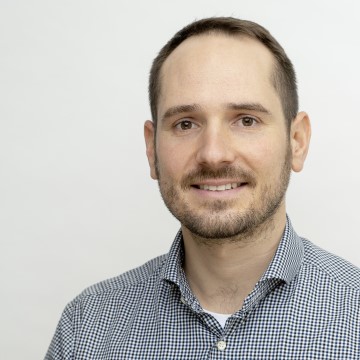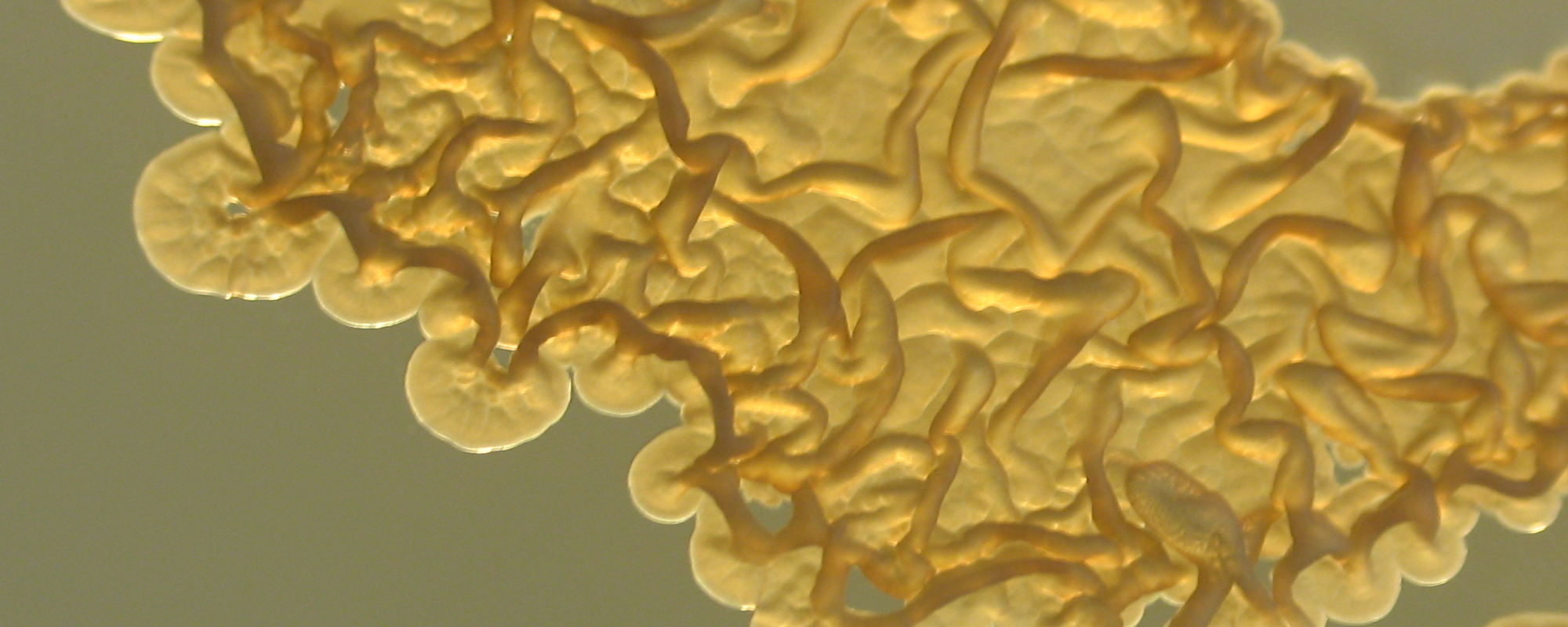Natural Products From Interacting Microorganisms and Ancient Microbiomes
Pierre Stallforth,
Leibniz Institute for Natural Product Research and Infection Biology – Hans Knöll Institute, Jena, DE
Microbial natural products have been an indispensable source of novel therapeutic agents. The search for new bioactive natural products has prompted scientists to exploit environmental niches in which the production of these compounds can be anticipated. Microbial predator–prey interactions are particularly rich sources of natural products. We describe one such interaction in which bacterivorous amoebae and their prokaryotic prey meet. Amoebae are voracious and ubiquitous predators to bacteria that cause constant depletion of huge bacterial reservoirs. This puts both organisms under strong evolutionary selection pressure: the bacteria have evolved mechanisms to prevent grazing and the amoebae must counteract or surmount these mechanisms in order to survive.[1,2] We are particularly interested in the biosynthesis and evolution of these amoebicidal microbial natural products and we shine light on polymicrobial natural product modifications within this context.[3-5] Recently, we have exploited means to gain access to microbial natural products diversity the past. To this end, we use ancient bacterial DNA to identify and eventually express biosynthetic genes.[6]
References:
[1] M. Klapper, S. Götze, R. Barnett, K. Willing, P. Stallforth, Angew. Chem. Int. Ed. 2016, 55, 8944–8947.
[2] J. Arp, S. Götze, R. Mukherji, D. J. Mattern, M. García-Altares, M. Klapper, D. A. Brock, A. A. Brakhage, J. E. Strassmann, D. C. Queller, B Bardl, K Willing, G. Peschel, P. Stallforth, Proc. Natl. Acad. Sci. USA. 2018, 115, 3758–3763.
[3] S. Zhang+, R. Mukherji+, S. Chowdhury, L. Reimer, P. Stallforth, Proc. Natl. Acad. Sci. U. S. A. 2021, 118, e2013759118.
[4] S. Götze, R. Vij, K. Burow, N. Thome, L. Urbat, N. Schlosser, S. Pflanze, R. Müller, V. G. Hänsch, K. Schlabach, L. Fazlikhani, G. Walther, H.-M. Dahse, L. Regestein, S. Brunke, B. Hube, C. Hertweck, P. Franken, P. Stallforth* J. Am. Chem. Soc. 2023, 145, 2342.
[5] S. Zhang, K. Schlabach, V. H. Pérez Carrillo, A. Ibrahim, A. Komor, R. Mukherji, S. Chowdhury, L. Reimer, C. Hertweck, U. A. Hellmich, P. Stallforth submitted
[6] M. Klapper+, A. Hübner+, A. Ibrahim+, I. Wasmuth, Maxime Borry, V. G. Haensch, S. Zhang, W. K. Al-Jammal, H. Suma, J. A. Fellows Yates, J. Frangenberg, I. M. Velsko, S. Chowdhury, R. Herbst, E. V. Bratovanov, H.-M. Dahse, T. Horch, C. Hertweck, M. R. González Morales, L. G. Straus, I. Vilotijevic, C. Warinner, P Stallforth Science 2023, 380, 619.

Pierre Stallforth studied Chemistry at the University of Oxford, UK. He obtained his PhD under the guidance of Prof. Peter H. Seeberger at ETH Zurich. He then moved to Harvard Medical School where he did his postdoc in the laboratory of Prof. J. Clardy. In December 2013, he moved to the Leibniz-HKI, Jena, Germany as an independent Junior Research Group Leader. In January 2020 he was promoted to head of the Department of Paleobiotechnology. Since December 2021 he is a Professor of Bioorganic Chemistry and Paleobiotechnology at the Friedrich Schiller University Jena. His research focus lies on understanding the role in polymicrobial interactions in modern and ancient microbiomes.
